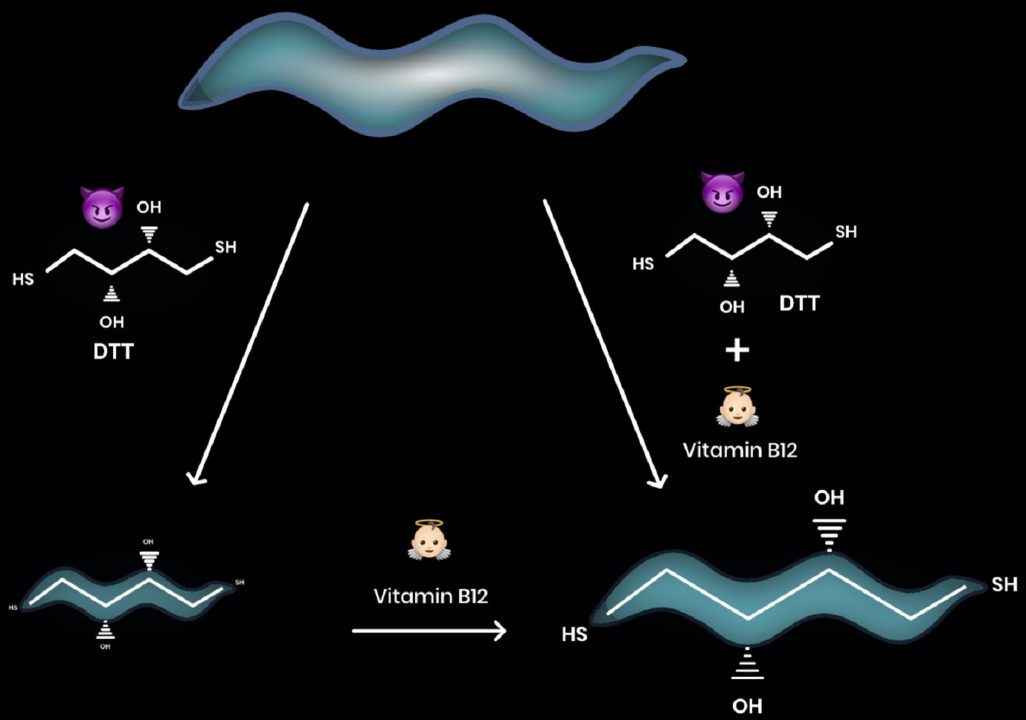
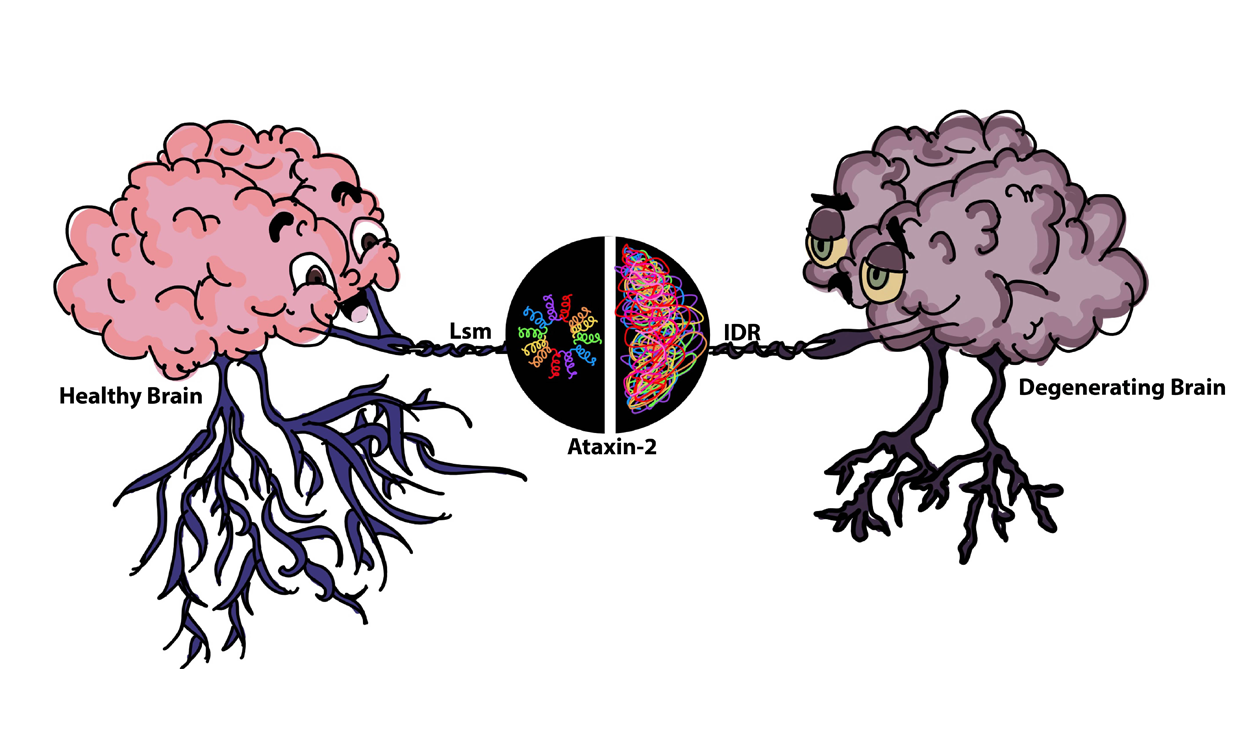
Using the Drosophila as a model, scientists have provided new insights for the development of therapeutics for targeting a gene, Ataxin-2.
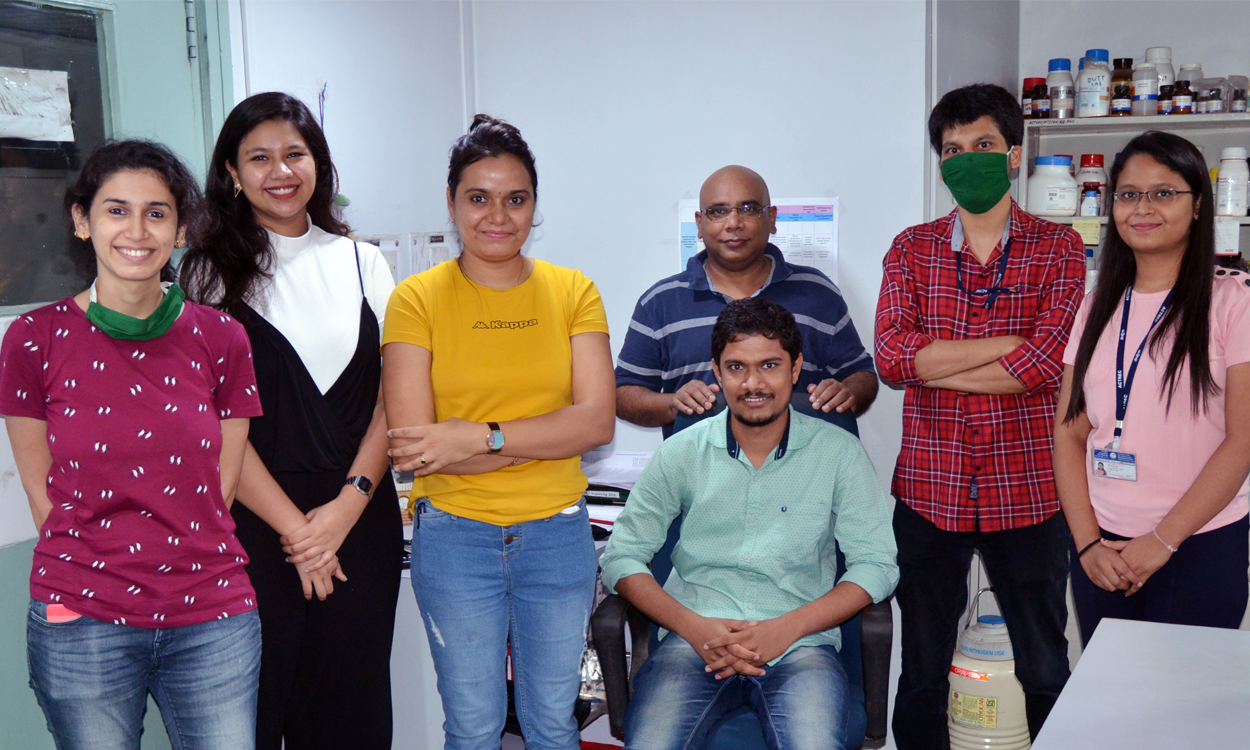
Researchers at the Advanced Centre for Treatment, Research, and Education in Cancer have published a report in the Cell Press journal ‘Heliyon’ in which they present a Rapid qRT-PCR kit To Detect SARS-CoV-2
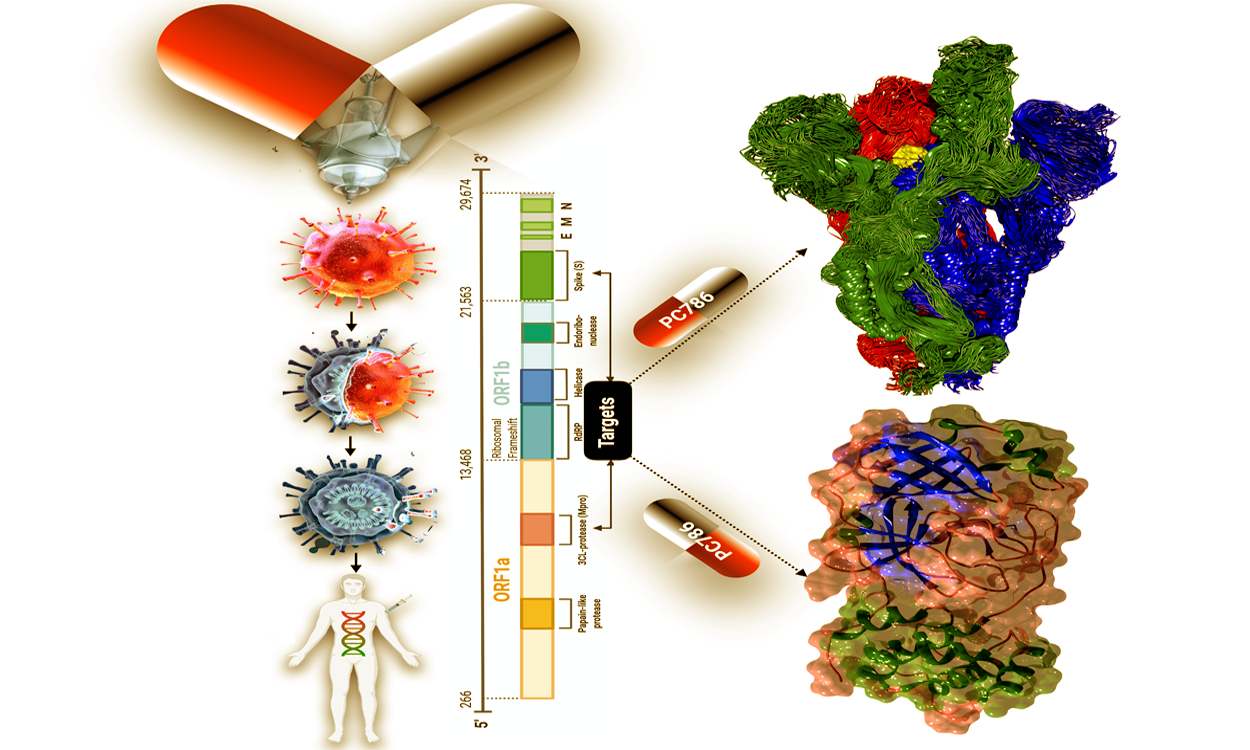
Using bioinformatics approaches, the research team has succeeded in identifying 38 anti-coronaviral drugs from a pool of antiviral drug candidates.
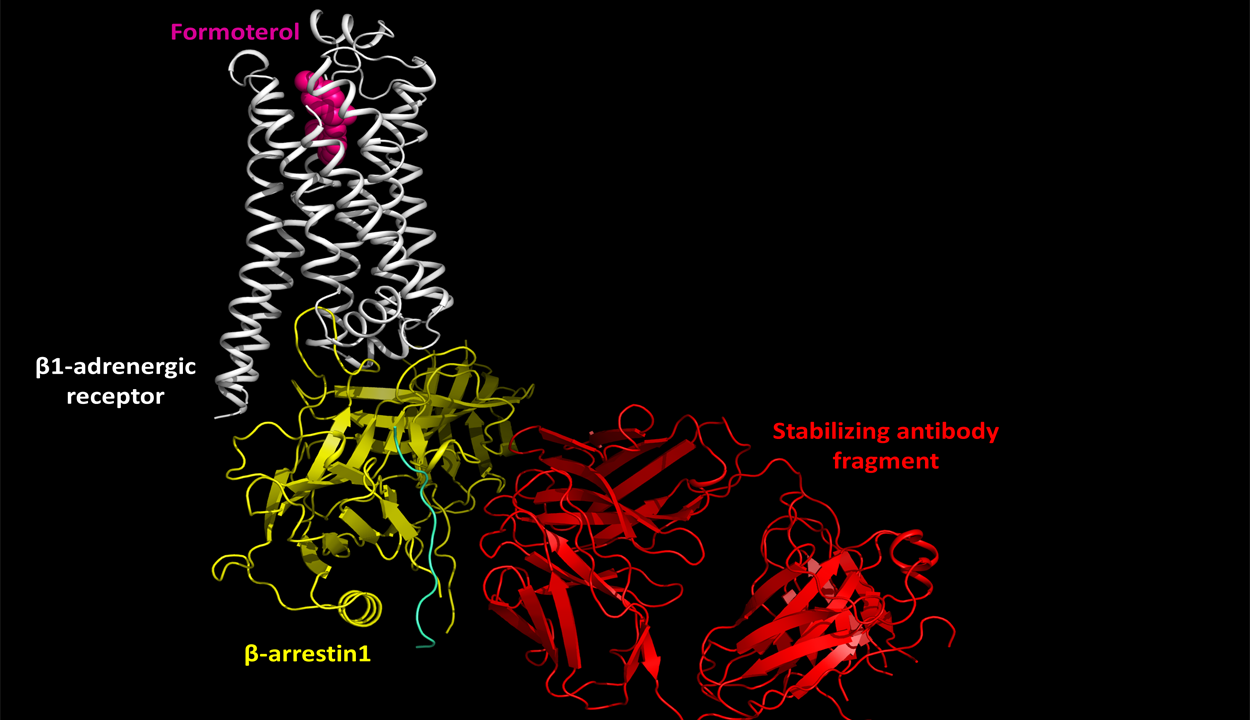
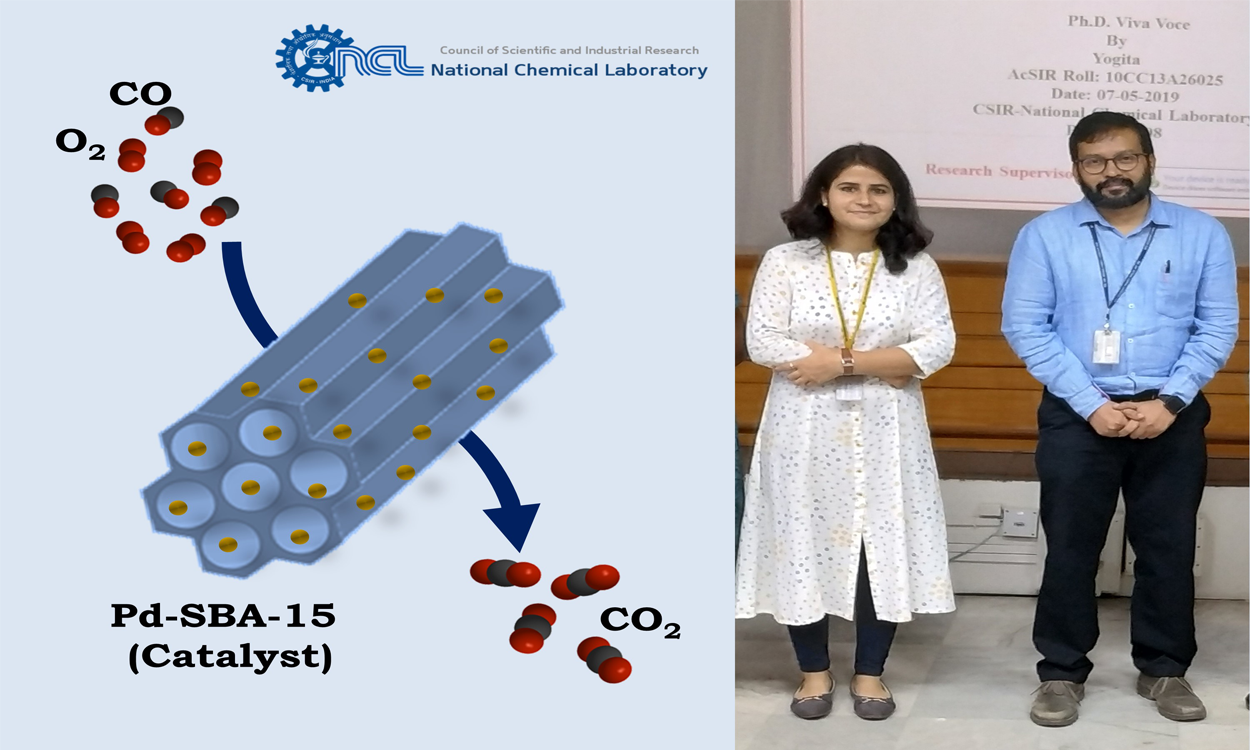
A research team at CSIR-National Chemical Laboratory, Pune - has developed a new method that could overcome the difficulties of supporting ultra-small metal nanoparticles on silica with desirable loading.
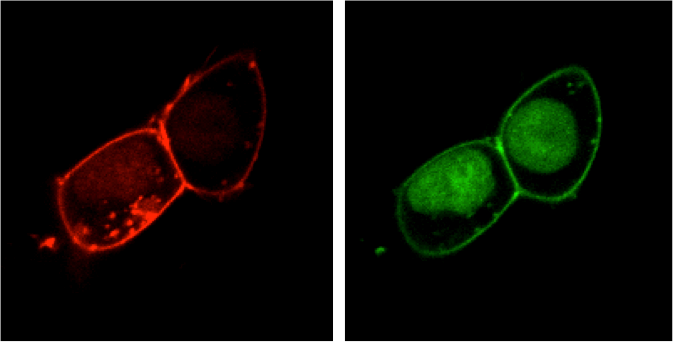
Researchers from IIT Kanpur have engineered antibody-based biosensors in the laboratory using protein-design approaches. These biosensors report the activation of important drug targets, and the approach used in this study also offers new solutions to the long-standing challenge of generating high-quality antibodies for life science research

Researchers from the Indian Institute of Technology-Kanpur have found structural differences between beta-arrestin Isoforms 1 and 2 upon their interaction with receptors. Beta-arrestin is a cellular protein that acts as a universal regulator of GPCRs, and this finding may help in designing novel therapeutic targets.
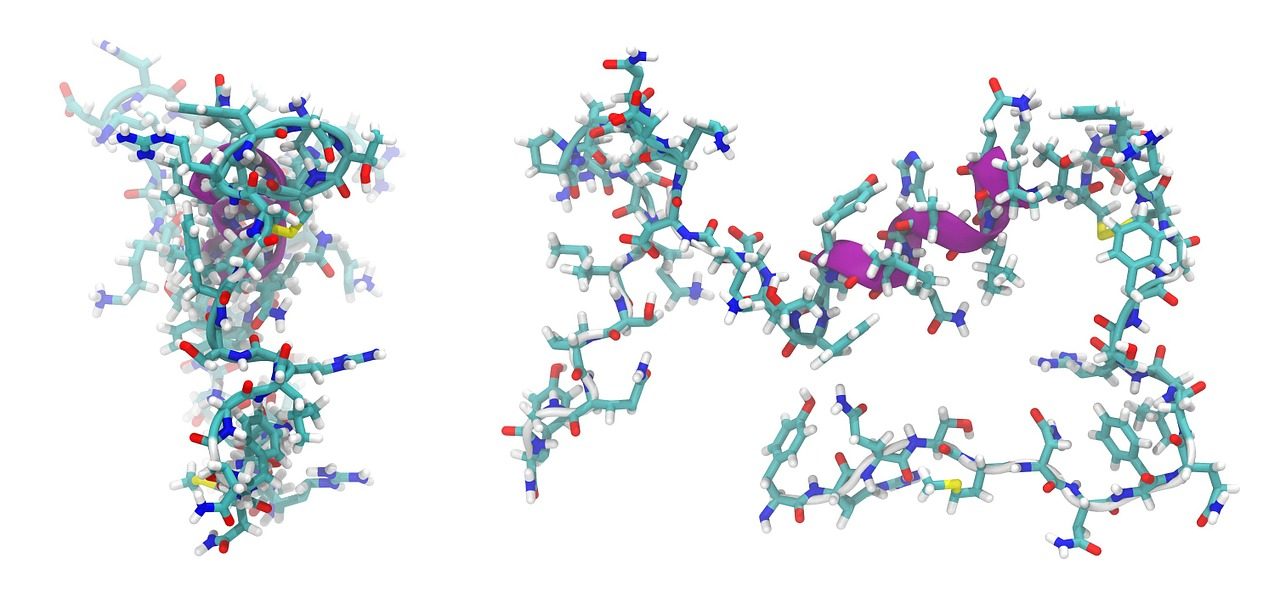
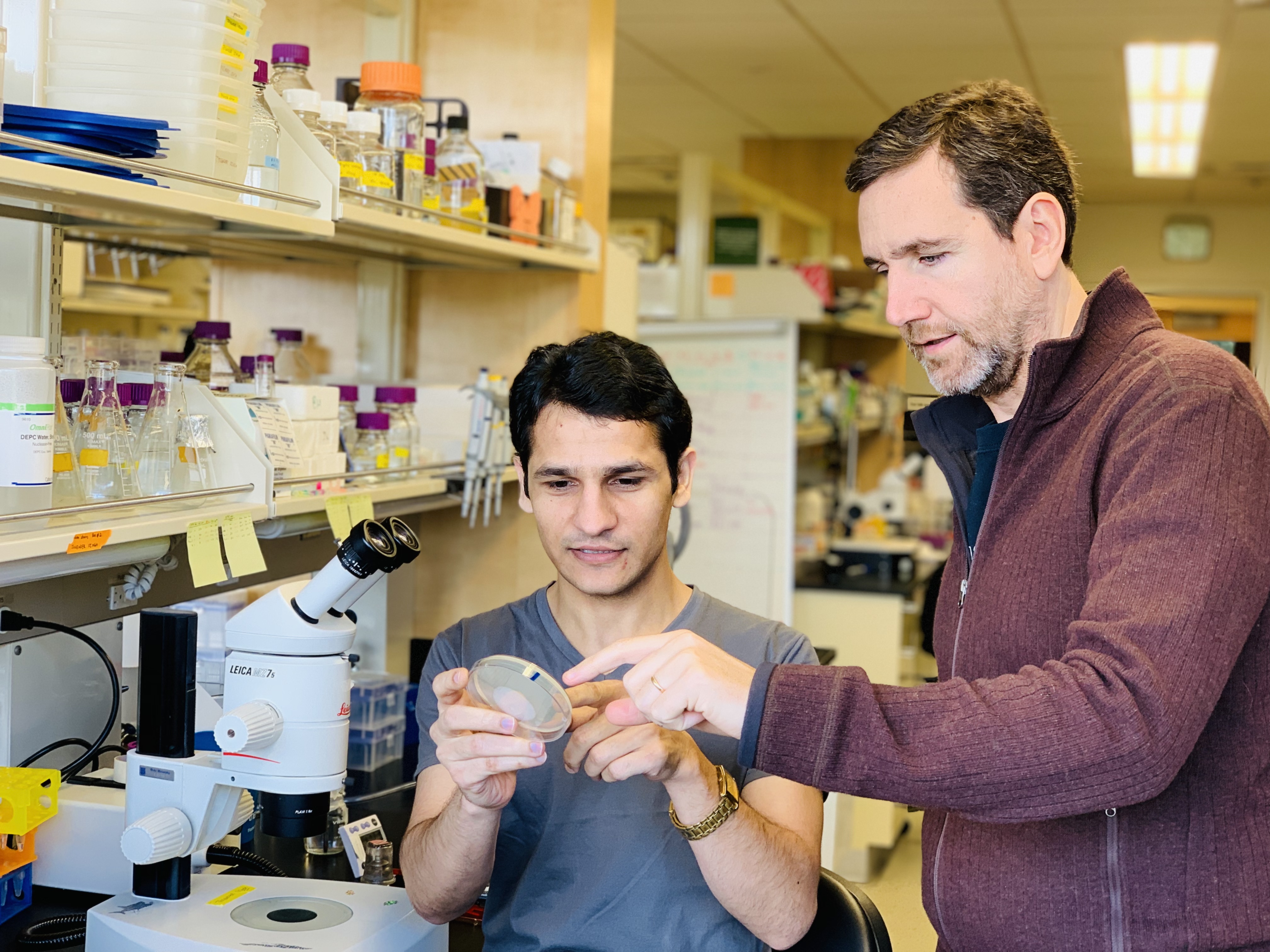
Researchers have shown that in worms bloating of the gut caused by pathogen infection helps both in recognition of pathogenic bacteria and activation of defence mechanisms
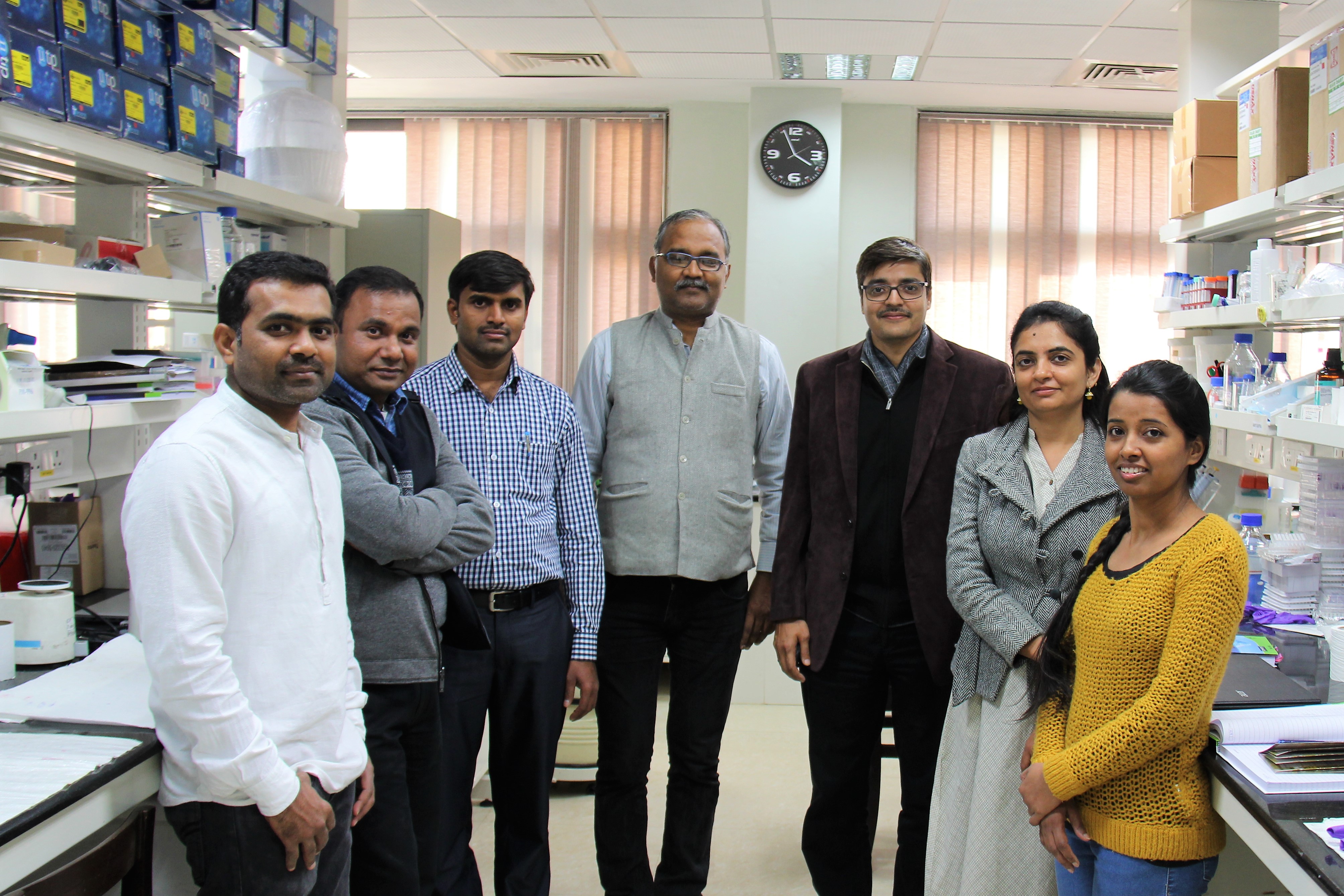
Dr. Vishal Rai’s team at Indian Institute of Science Education and Research Bhopal- provides the first modular platform for precision engineering of native proteins. The study was published in the Journal of the American Chemical Society
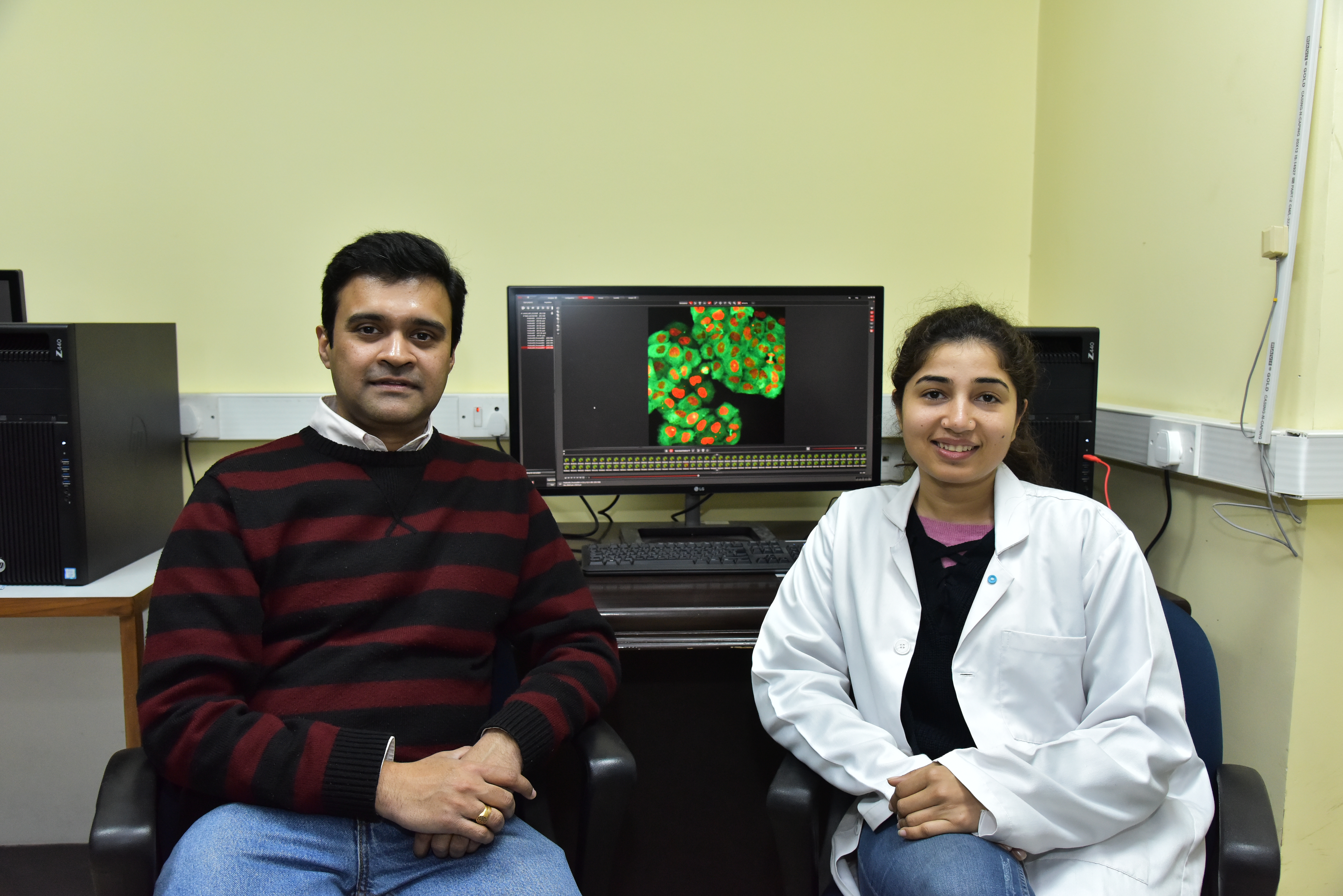
Researchers have revealed the regulatory role of a protein in the process of cell cycle progression and separation of newly formed mammalian cells. This study may help to understand uncontrolled cell division related cues because many regulatory proteins of the cell cycle, such as the one that reported in this study, are mutated in cancer cells.

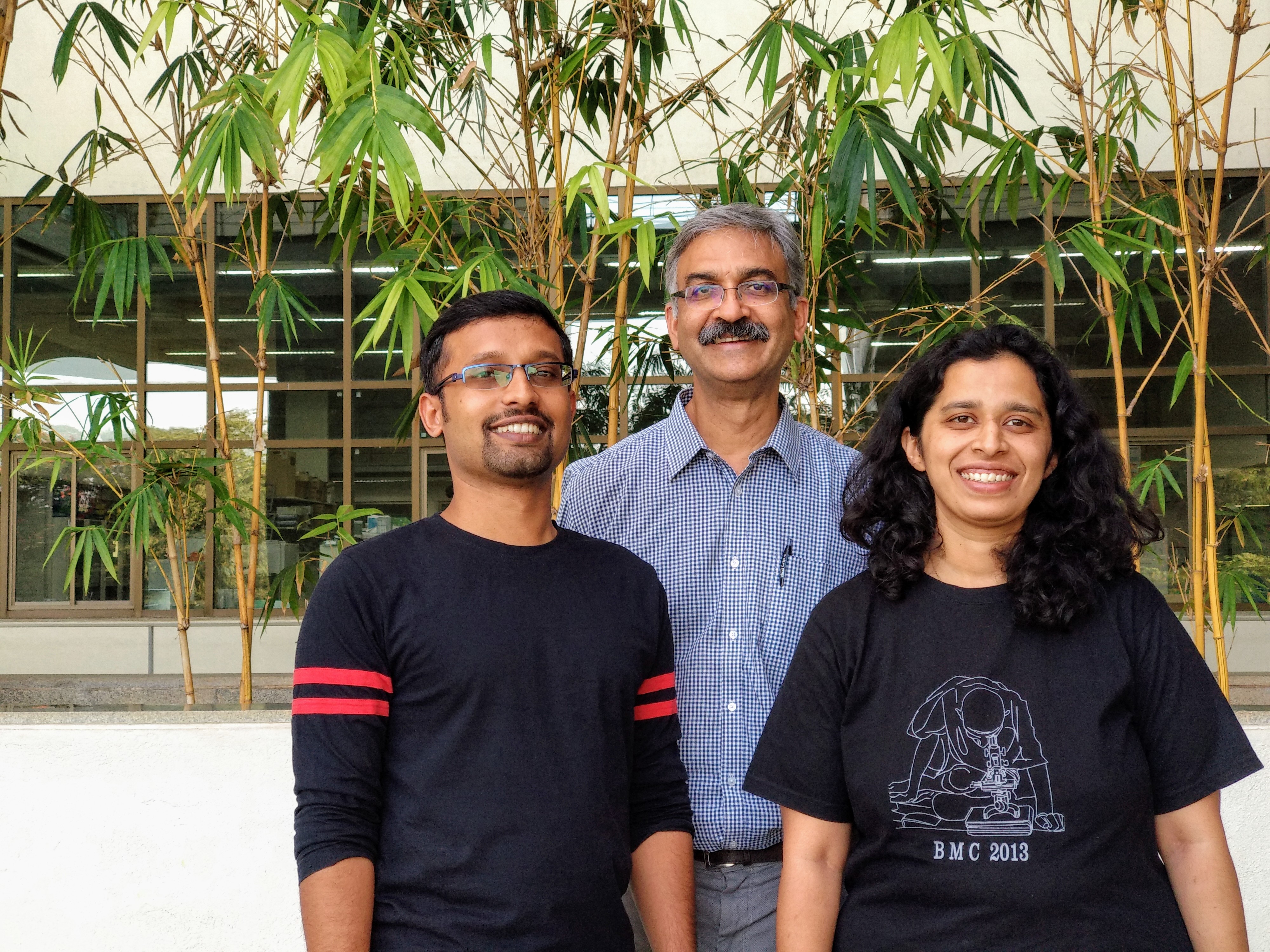
The study done by lead author Joseph Jose Thottacherry shows that the CG endocytosis is intimately connected to membrane tension by sensing and responding to changes in membrane tension
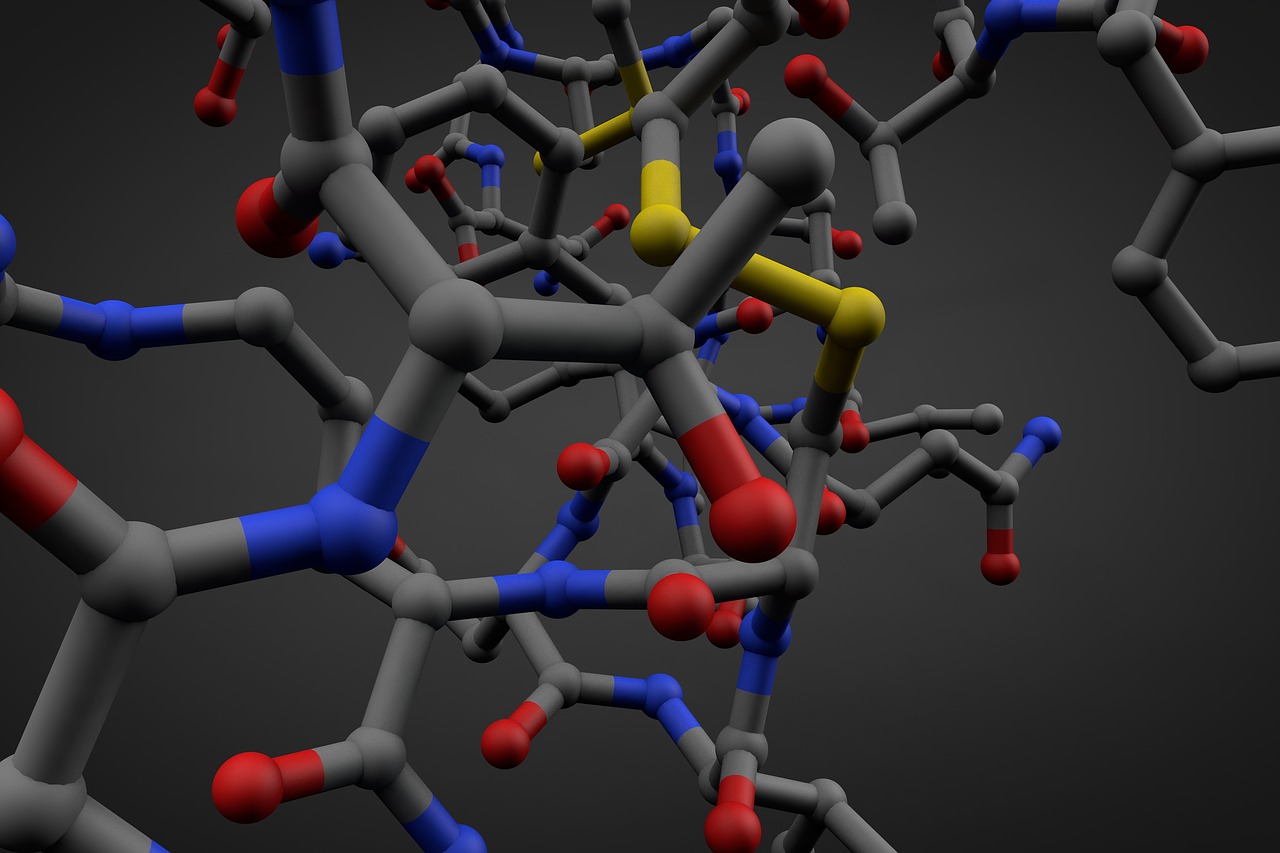
A team of researchers at Indian Institute of Technology, Guwahati has developed a biocompatible polymeric material that promises to help in the simultaneous and extended release of two different drugs from a single platform
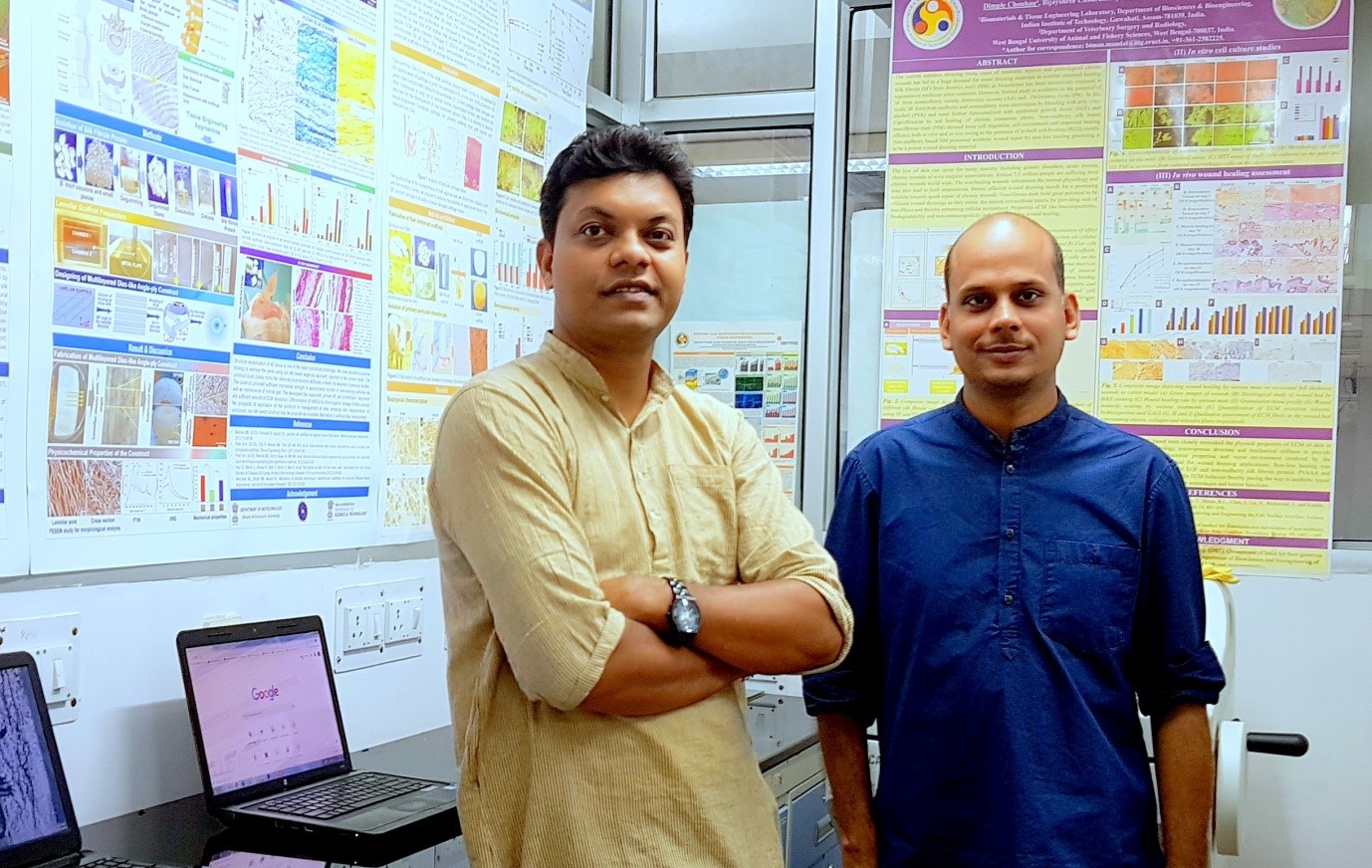
Researchers at the Indian Institute of Technology, Guwahati have developed an injectable gel using silk proteins to deliver insulin-producing cells needed to address type1 diabetes
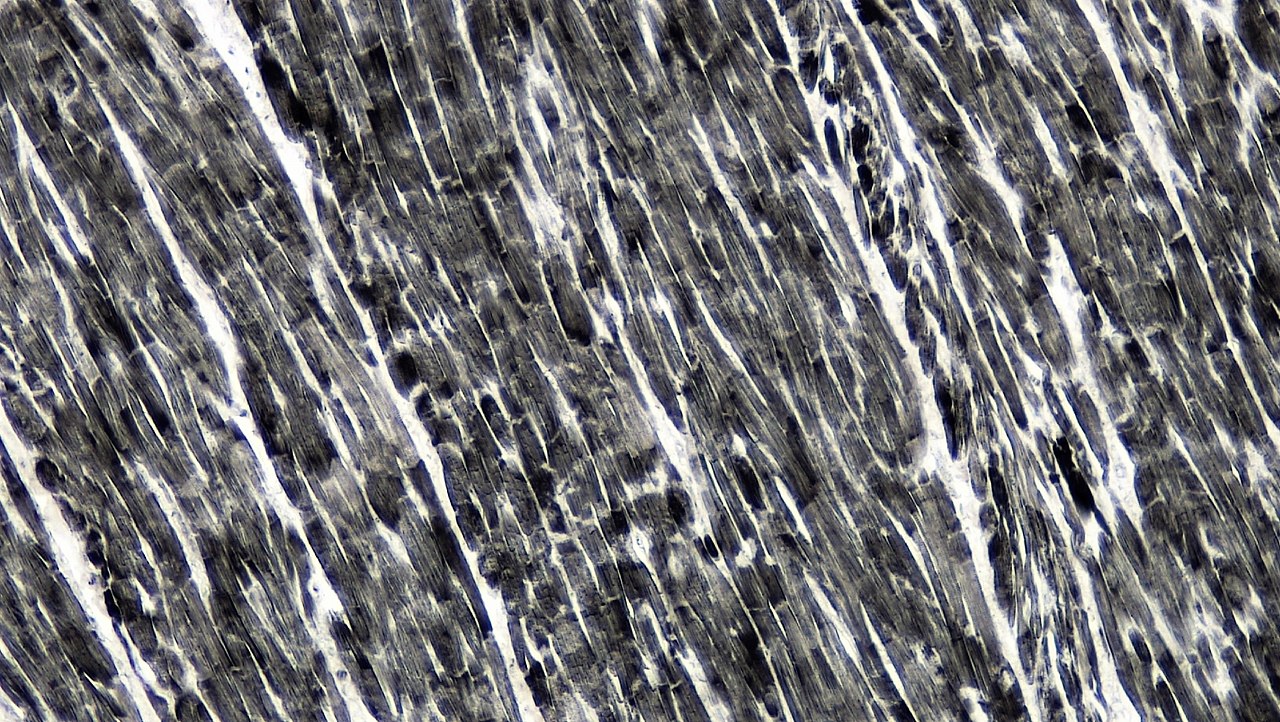

In order to educate the general public about scientific research and its benefits, DBT-National Brain Research Centre, Manesar - organized an Open Day on September 20, 2018, under India International Science Festival 2018 (IISF) banner
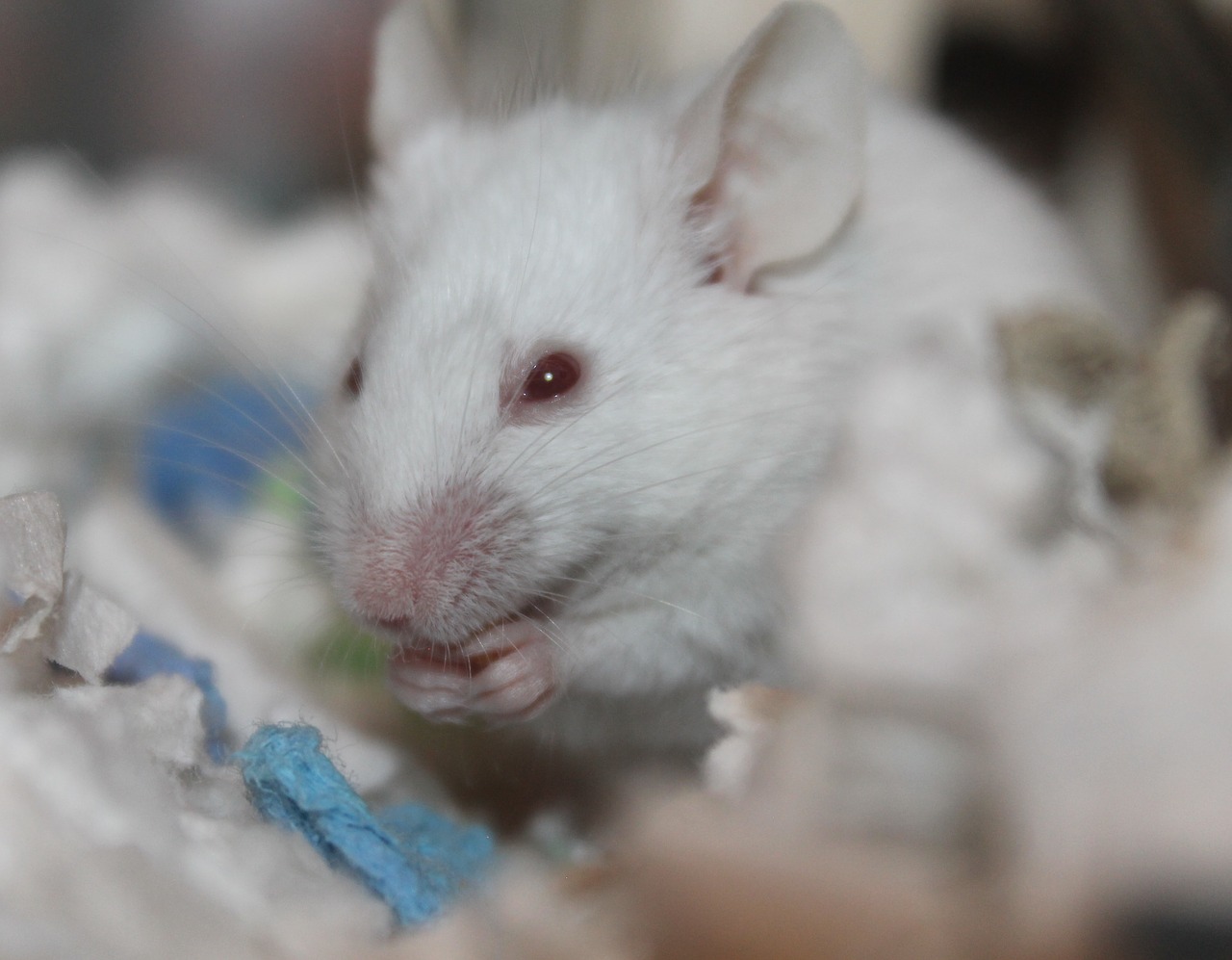
Indian scientists have shown that exaggerated response and difficulty to get rid of bad memories could depend on whether the bad memory was formed before or after a stressful event
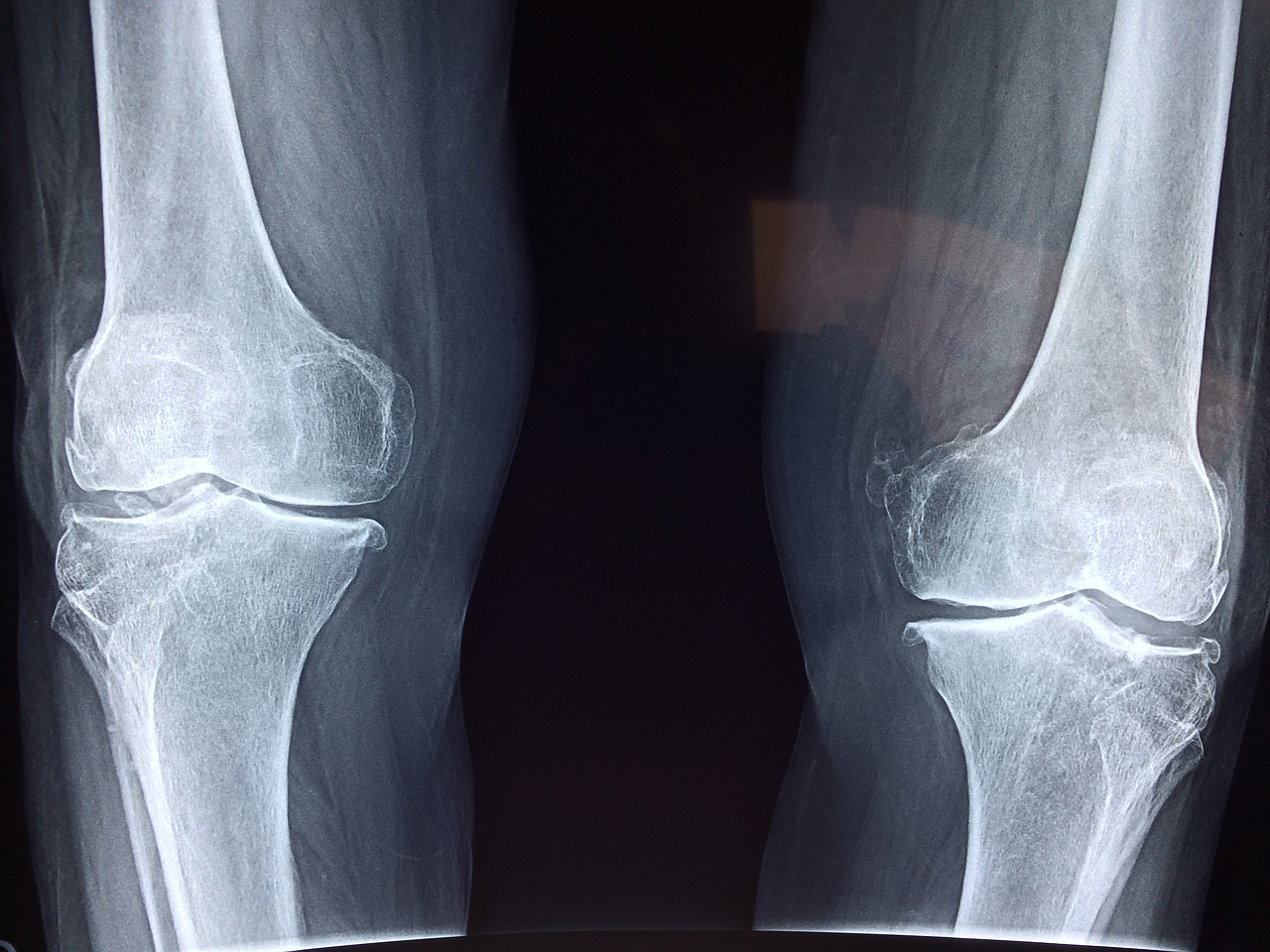
Researchers at the Indian Institute of Science in Bengaluru have proposed a new approach for developing orthopedic implants with better ability to bond with the bone
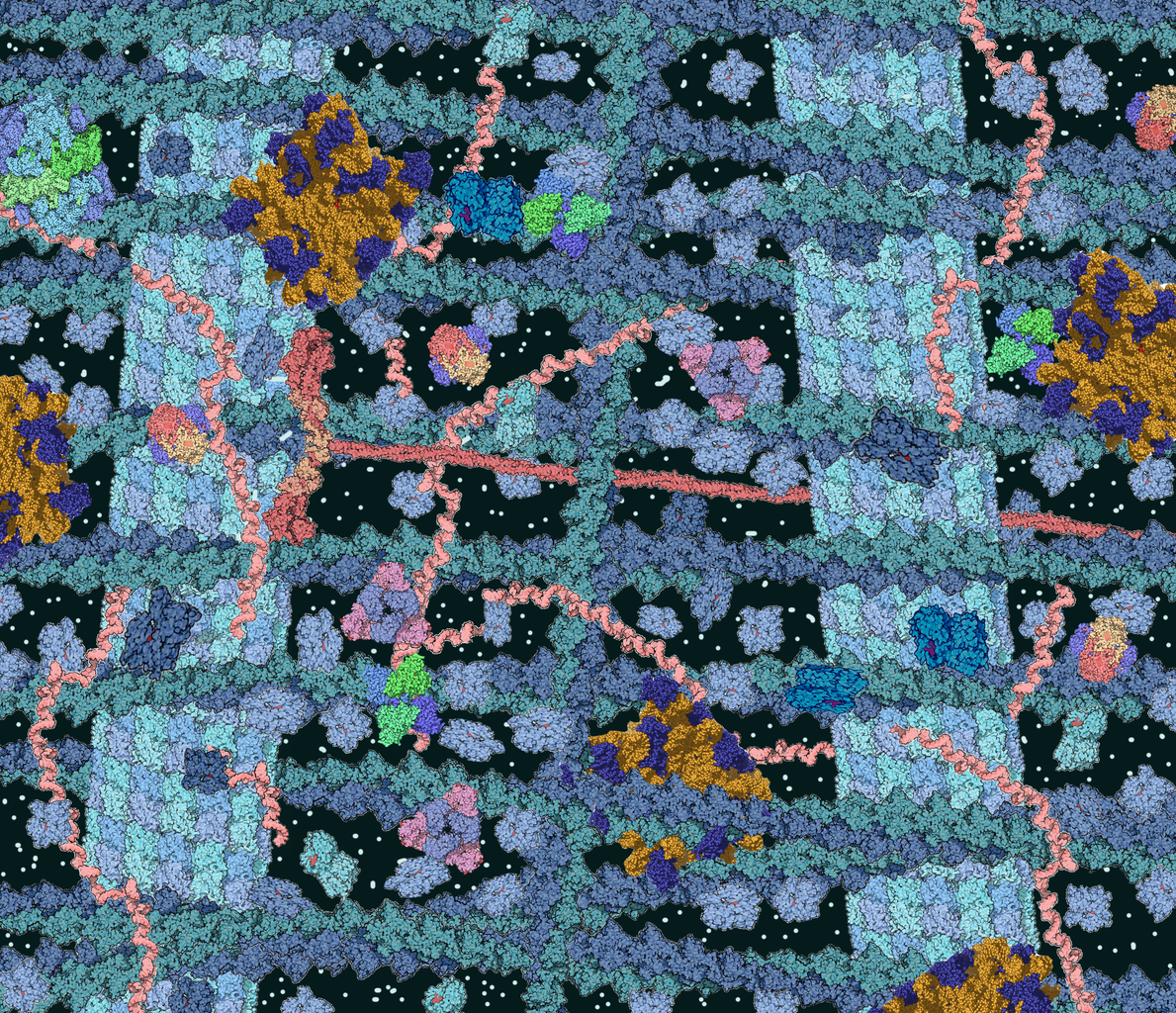
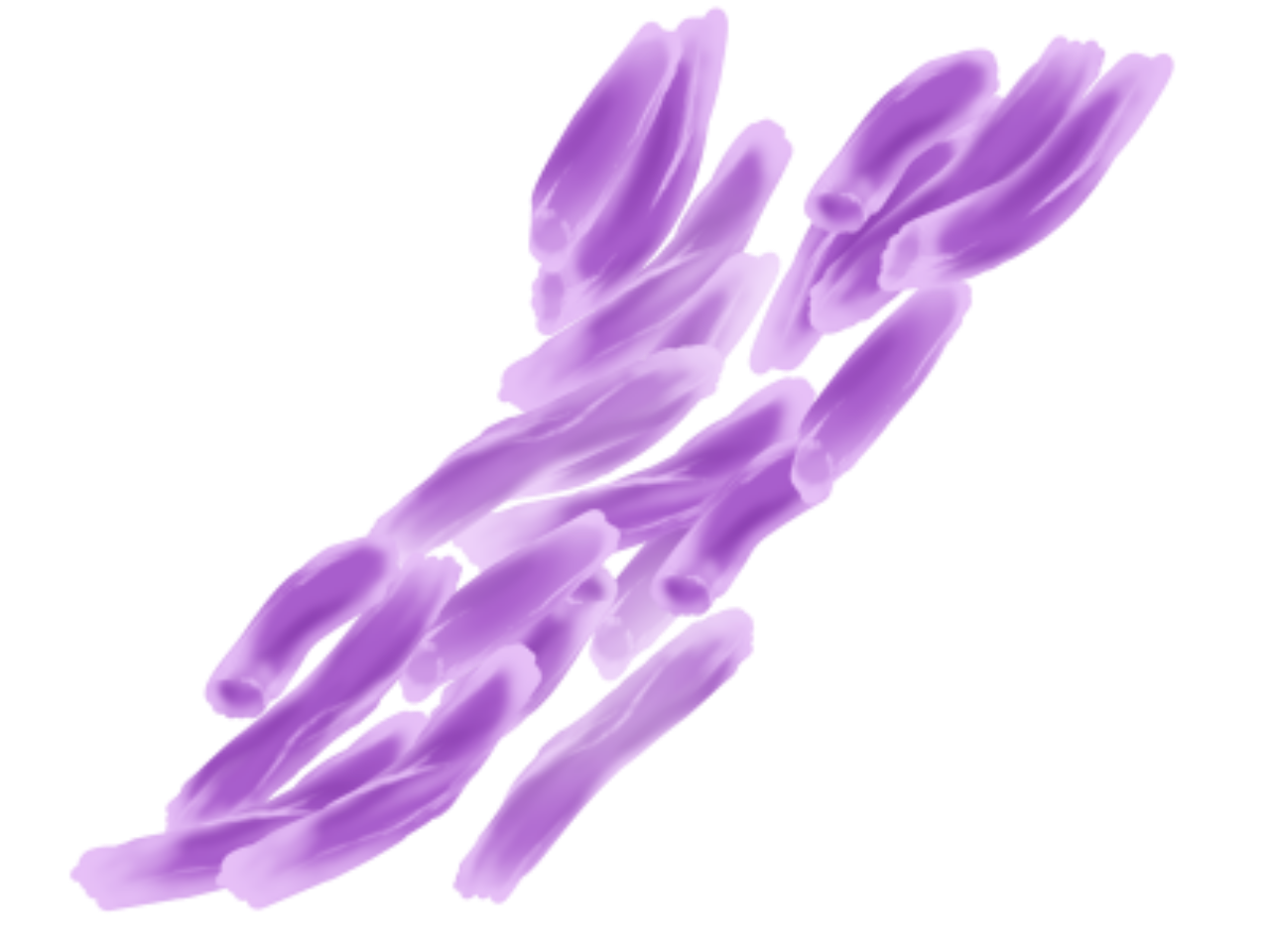
Researchers at the National Institute of Immunology in collaboration with CSIR- Institute of Genomics and Integrative Biology have determined the role of FtsQ, a critical cell division protein and shown that both increasing and decreasing amounts of this protein in Mycobacterium tuberculosis hampers its growth and division patterns
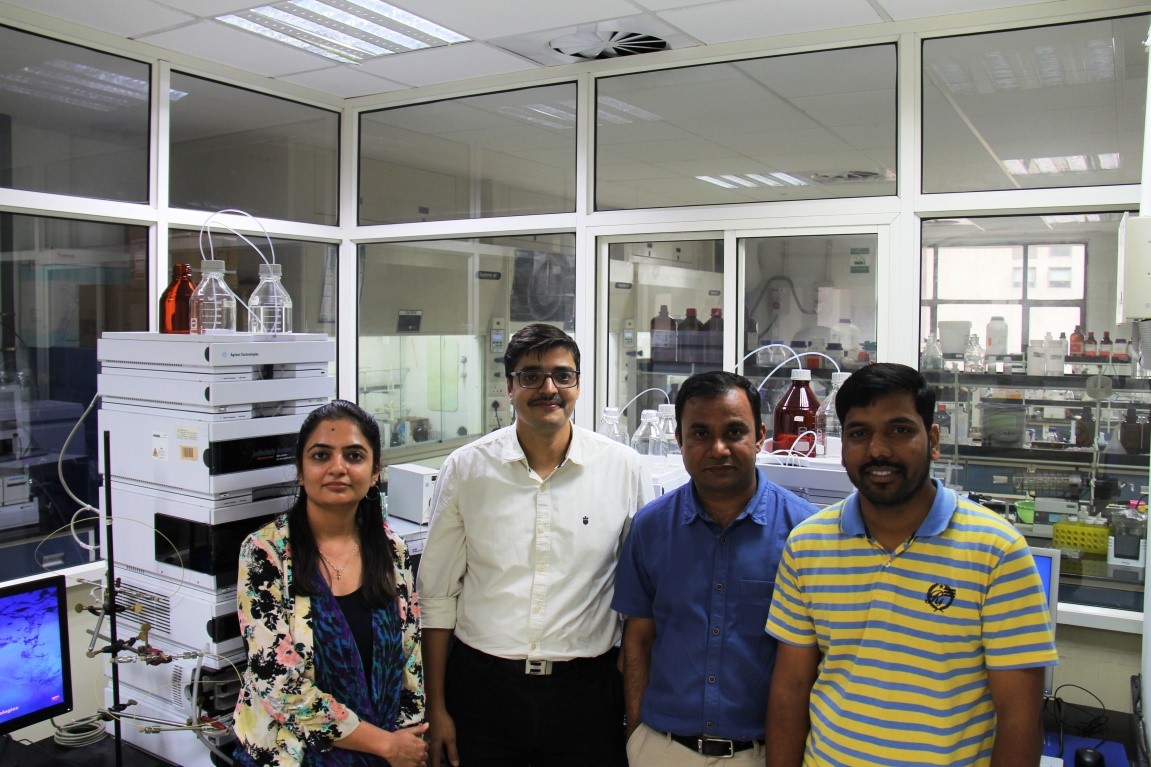
In a promising development in the area of targeted treatment of cancer, a team of researchers at the Indian Institute of Science Education and Research (IISER), Bhopal, have developed a new method to synthesize antibody-drug conjugates (ADC) using the chemical route.
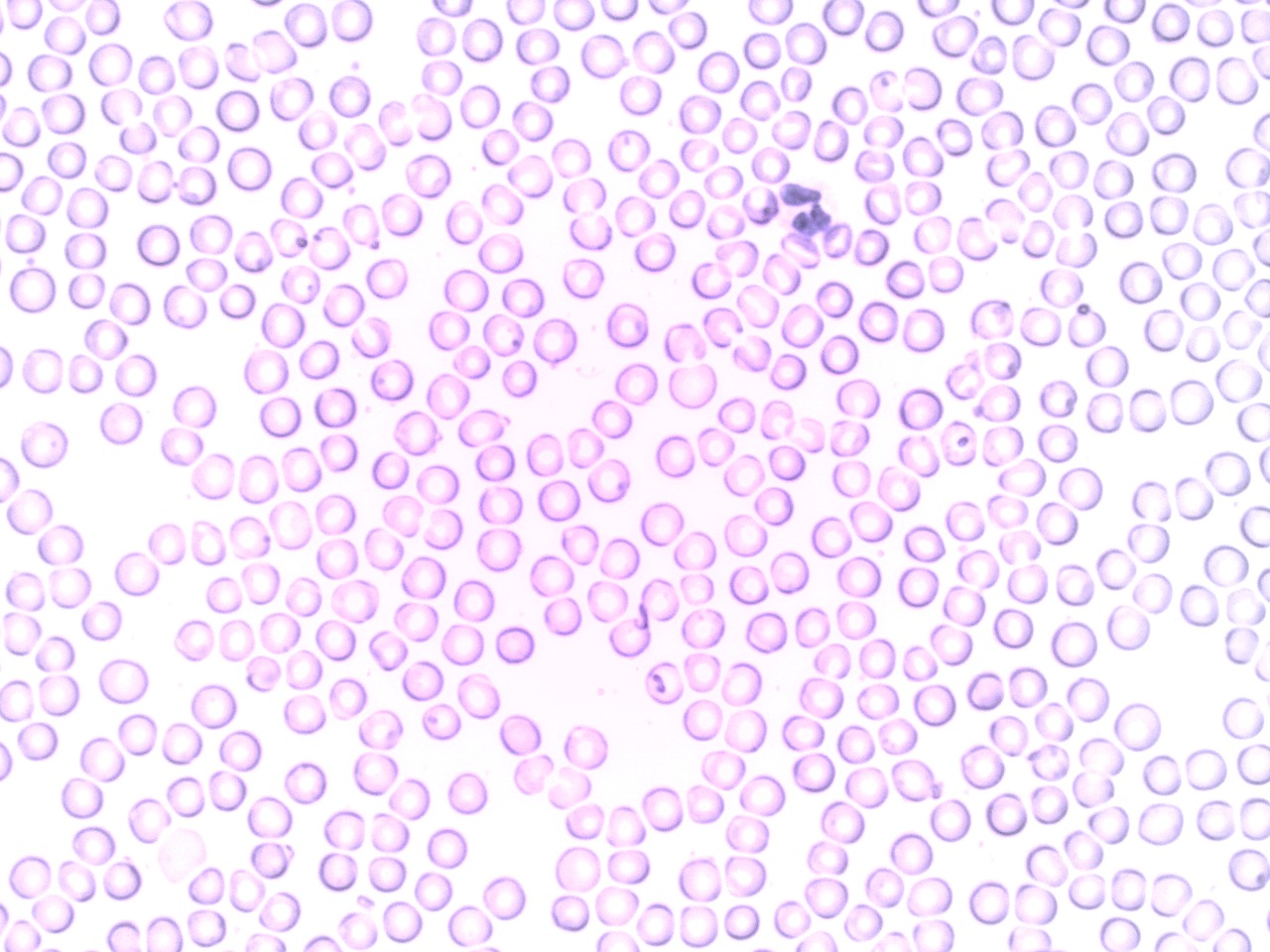
Dr. Jagadeesh Bayry’s team at Institut National de la Santé et de la Recherche Médicale (French National Institute of Health and Medical Research, INSERM), Paris, France- have discovered that Tregs instead of suppressing the activities of basophils, they trigger these cells to express activation markers, to secrete cytokines and support their allergic responses.


Photochromic materials can change color under stimulation of light. They are of high commercial importance for ophthalmic lens industry as also in sectors like optoelectronic switching devices, data storage, and optical transmission.
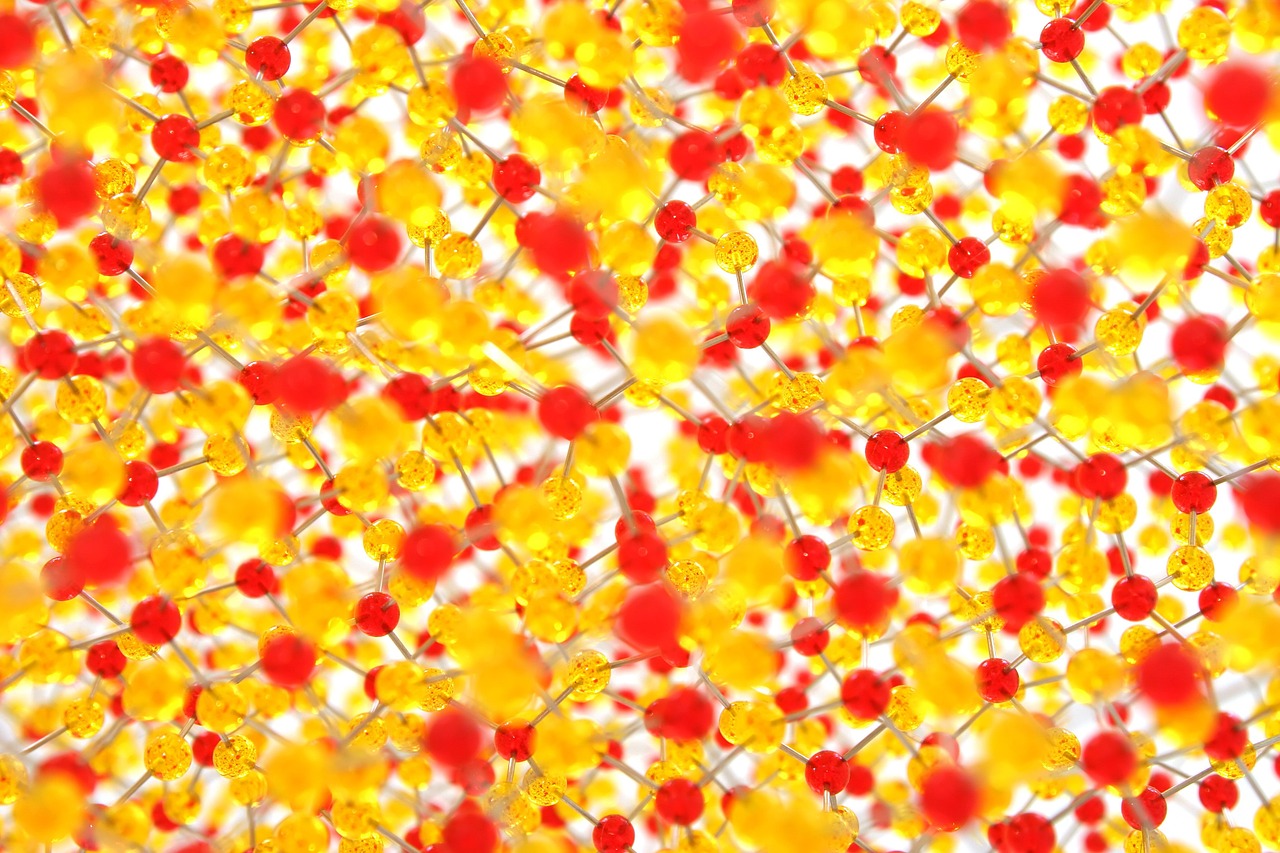
Biological assemblies are thousands of tiny pieces of machinery which play collectively important roles towards maintaining the cellular structure and functions, and many of them even play very critical roles.
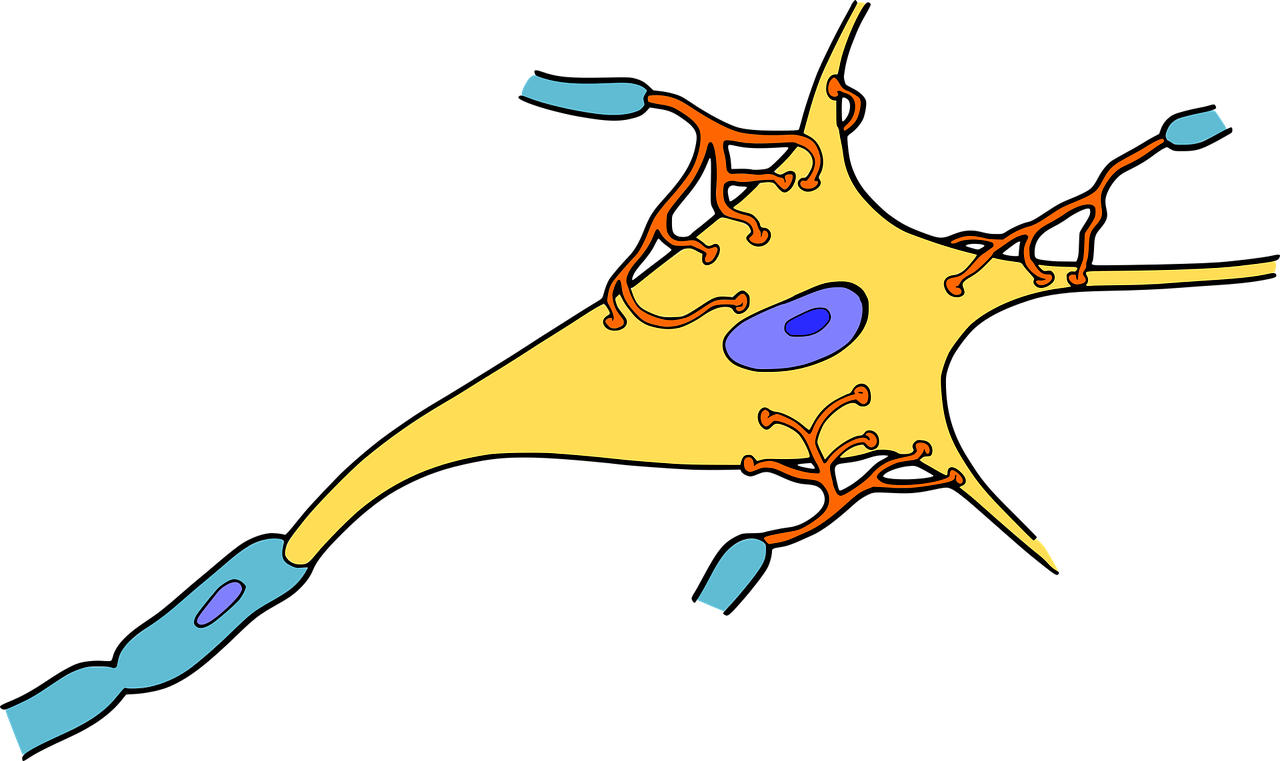
A team of Indian scientists has figured out that glycogen in neurons actually has a protective role in patients with neurodegenerative disorders like Alzheimer's and Huntington's.
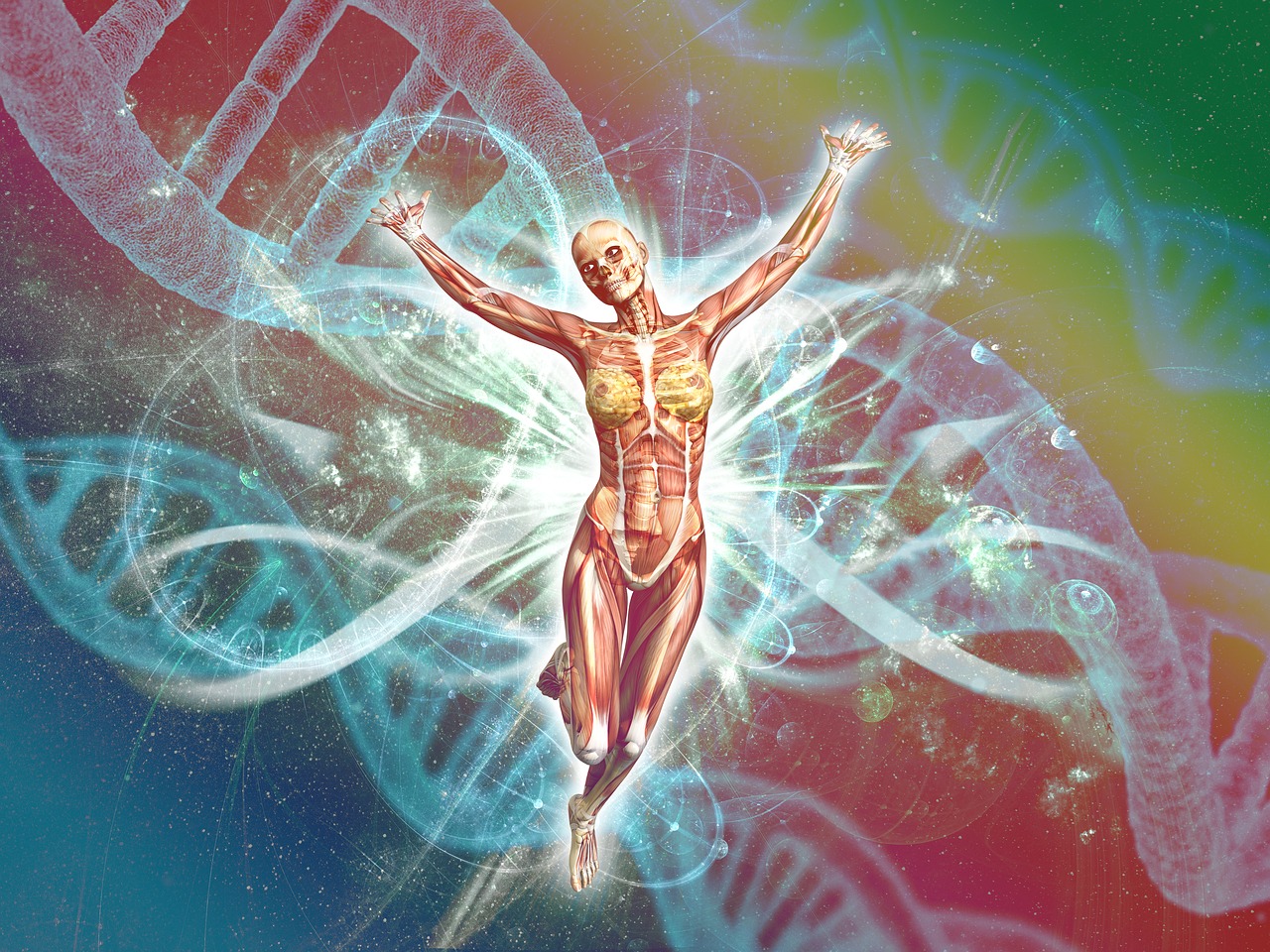
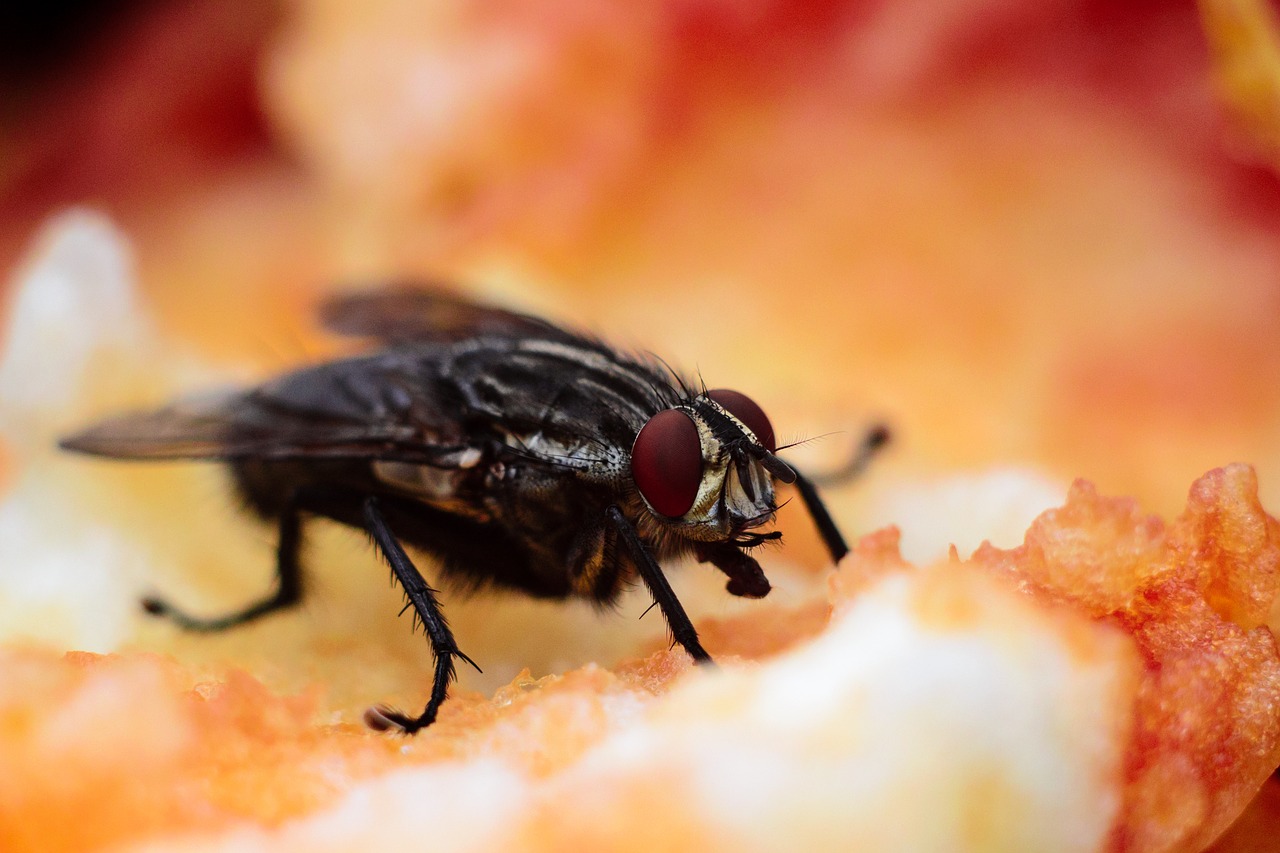
Have you ever wondered why candies taste so good and pill so bitter? It seems the secret lies in one pair of brain cells.
Internet is huge! Help us find great content
Never miss a thing! Sign up for our newsletter to stay updated.
Research Stash is a curated collection of tools and News for S.T.E.M researchers
Have any questions or want to partner with us? Reach us at hello@researchstash.com